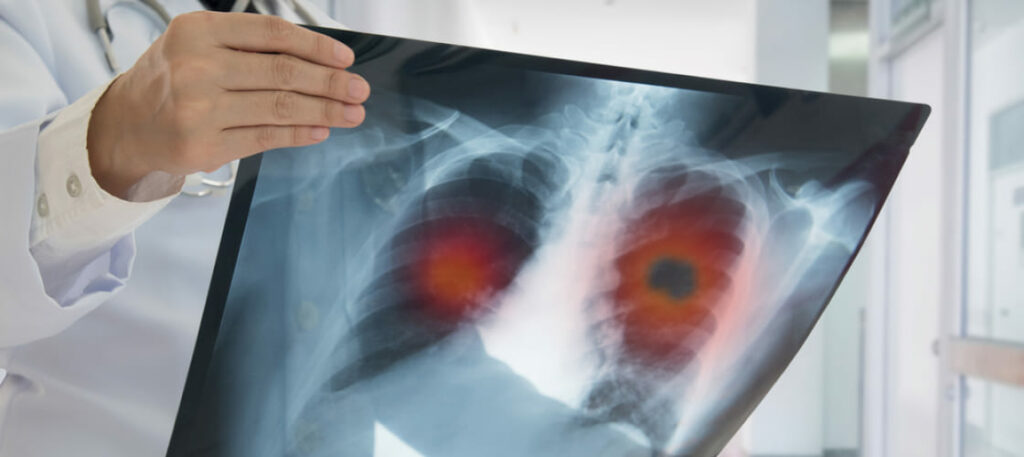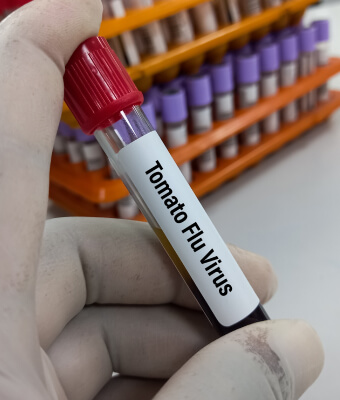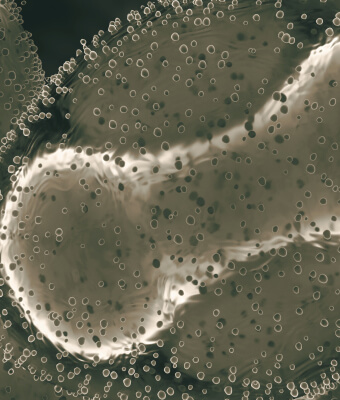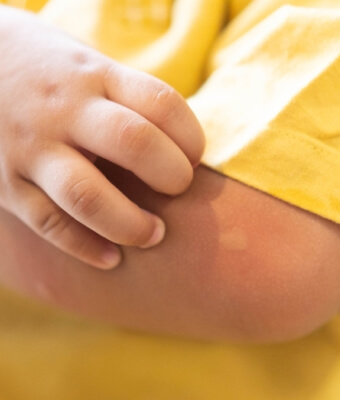Lung cancer is one of the most devastating types of cancer. According to experts, lung cancer is mainly related to the chest, but surprising cancer symptoms have been noticed on the fingers and nails.1 Swollen fingers and nails are often known as finger clubbing. A tiny diamond-shaped window of light is visible when fingernails are pressed together. If the ‘diamond gap’ is not visible, finger clubbing is detected, which might indicate lung cancer.2
The cause of finger clubbing is uncertain, although the researcher suggests that it might be because large cells, such as megakaryocytes, get trapped in the narrow blood vessels at the fingers’ ends.1
Also read Beauty parlour stroke: What triggers stroke during hair wash at salon; how to prevent it
Cancer Symptoms: Finger clubbing occurs when the tips of the fingers bulge, and it occurs in phases: 2
- The base of the nail softens, and the skin adjacent to the nail bed shines.
- The nails begin to bend more than usual when observed from the side.
- The ends of the fingers may swell and become larger; this is believed to be triggered by fluid accumulation in the soft tissues of the fingers.
In most cases, it might not be cancer symptoms; however, investigators indicated that the problem might be a symptom of underlying lung and cardiovascular health concerns.1 Finger clubbing is observed in 35% of non-small cell lung cancer (NSCLC) individuals and 4% of small cell lung cancer.2
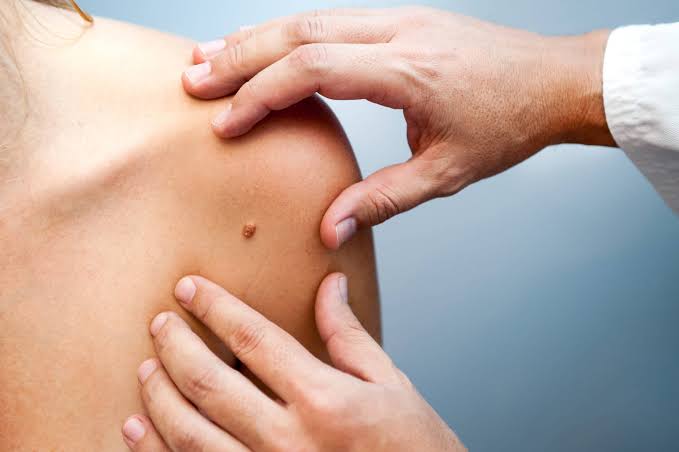
While finger clubbing is a less prevalent sign of lung cancer, the researchers noted the nine most common symptoms among patients diagnosed with the disease. They are as follows: 1
- Having a persistent cough
- Experiencing a change in a long-standing cough – it may sound different while coughing
- Running out of breath when doing activities that used to be accomplished effortlessly
- Coughing out phlegm (sputum) containing blood
- Experiencing chest or shoulder pain or discomfort
- Possessing persistent chest infections or a chest ailment that does not improve
- Appetite suppression
- Being constantly tired (fatigue)
- Loss of weight
While it is rare, some malignant lung cells secrete hormones that enter the bloodstream. These hormones might induce symptoms that don’t seem related to lung cancer.1
Experts termed it a paraneoplastic syndrome which is a collection of severe disorders triggered by an abnormal immune response to a malignant tumor, and symptoms may include:
- Numbness in the fingers or toes
- Muscular weakness
- Tiredness, fatigue, disorientation, and confusion1
The experts also warned that a rare type of lung cancer known as a Pancoast tumor might grow at the apex of the lungs. Most persons suffering from this malignancy will experience acute shoulder aches or discomfort that travels down the arm.1
Conclusion1
Finger clubbing is sporadic; patients should consult their doctors if they are experiencing any suspected lung cancer symptoms. Physicians will examine the patients and diagnose any other symptoms that might be present. They can also refer individuals for appropriate testing, such as a chest x-ray, to ensure the lungs are healthy. The earlier detection of lung cancer generates more treatment options for patients.
Read the full insights about Medical Case Studies 2023: A Deep Dive into Rare and Peculiar Medical Phenomena
References
- Williams TA. The surprising cancer symptom on your nails – and nine other signs you must not ignore. The Sun. [Cited: 05 January 2023]. Available from: https://www.thesun.co.uk/health/20504725/surprising-cancer-symptom-nails-other-signs-not-ignore/
- How your fingernails could point the way to an early diagnosis. Roy castle lung cancer foundation. [Cited: 05 January 2023]. Available from: https://roycastle.org/how-your-fingernails-could-point-the-way-to-an-early-diagnosis/
About Docquity
Docquity is an AI-based state-of-the-art private & secure continual learning network of verified doctors, bringing you real-time knowledge from thousands of doctors worldwide. Today, Docquity has over 400,000 doctors spread across six countries in Asia.
Meet experts and trusted peers across Asia where you can safely discuss clinical cases, get up-to-date insights from webinars and research journals, and earn CME/CPD credits through certified courses from Docquity Academy. All with the ease of a mobile app available on Android & iOS platforms!
